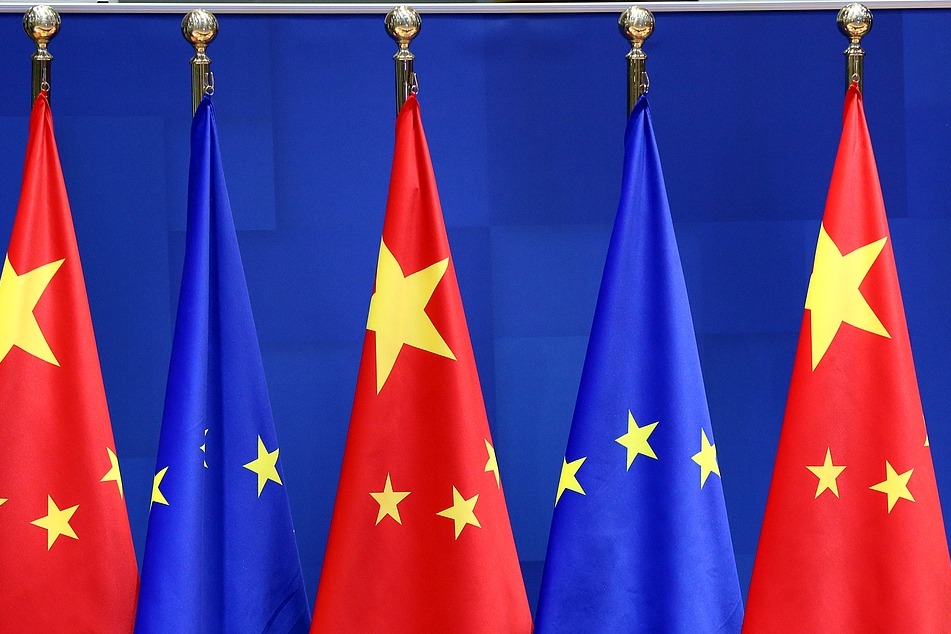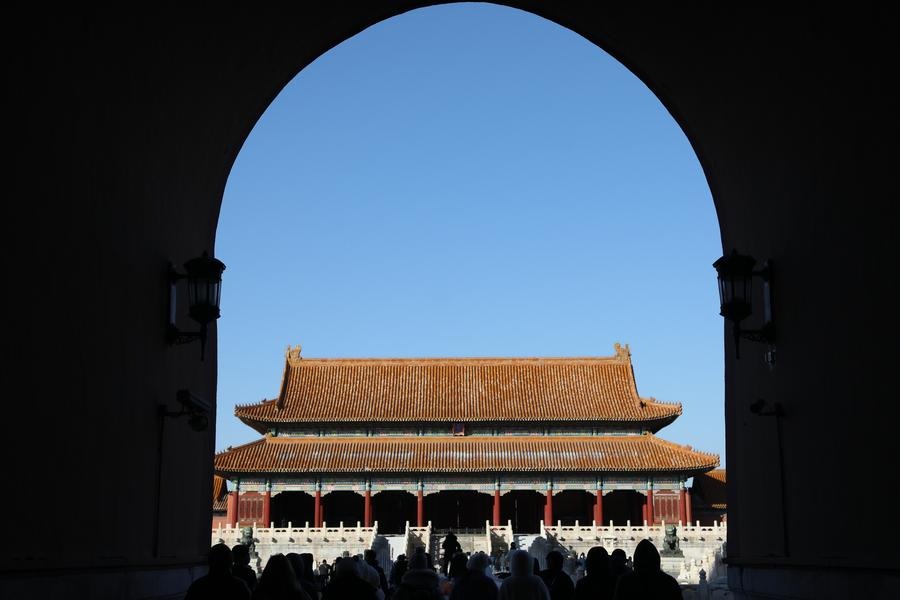Urgency to think beyond 1.5 C


Climate overshoot is a challenging problem, but China, with its unique strengths, has the potential to play a leading role in shaping a sustainable future for all
On the eve of the 29th Conference of the Parties to the United Nations Framework Convention on Climate Change (COP29), the world is focusing on the next steps for addressing climate change. While the debate is getting more intense, there seems to be unanimity on just one emerging issue — the global community must think about climate overshoot beyond 1.5 C with greater urgency.
Last year was the hottest year in the 174-year observational record according to the World Meteorological Organization, and the goal of limiting global warming to 1.5 C seems increasingly elusive. Many climate experts and even politicians have urged to pay more attention to climate overshoot — a scenario in which temperatures exceed the threshold of 1.5 C but eventually return below this level.
The Intergovernmental Panel on Climate Change warns that climate overshoot could have irreversible consequences for humanity and ecosystems. The temporary spike in temperatures could lead to more frequent extreme weather events, loss of biodiversity and disruptions to food and water security. However, the potential for temperatures to eventually fall back to safer levels offers a glimmer of hope. The question is — how soon can we achieve it?
After the China Council for International Cooperation on Environment and Development conducted a series of discussions on the issue this year, one key take-away is that more studies are urgently needed for understanding the impact of climate overshoot under different scenarios, so that we can be better prepared for all possibilities. Addressing climate overshoot requires a systematic and comprehensive approach, with at least four areas to be highlighted.
The first is stepping up emissions reductions. This remains the cornerstone of climate actions. We must accelerate the transition to renewable energy, improve energy efficiency, and phase out fossil fuels. Focusing on methane reduction is also very crucial, as it is a potent greenhouse gas with a significant warming impact. The pace and scale of these actions cannot be emphasized more.
Second, enhancing climate adaptation. We need to build resilience to the impacts of climate change, particularly in vulnerable regions and sectors. This involves investing in infrastructure, developing adaptive agricultural practices, and strengthening disaster preparedness. More importantly, developing countries and less-developed regions are vulnerable to the impact of climate change, and urgent actions on adaptation are key to their fundamental survival, and to achieve a just transition.
Third, exploring carbon removal technologies such as afforestation, direct air carbon capture and storage, ocean alkalization, etc. These technologies can play a key role in offsetting emissions, especially for those hard-to-abate sectors such as heavy industry and aviation, and helping bring down temperatures. However, many of the technologies are either still in the early stages of development or yet to be invented, and require further research and investment. It is also worth mentioning that concerns have been raised that focusing too much on carbon removal may distract the resources from carbon emissions, sending a wrong signal to the fossil fuel industry, and slow down the emissions reduction efforts.
The last key area is innovative measures. For example, solar radiation management is a popular topic. It involves artificially manipulating the Earth's climate system to reflect sunlight back into space, potentially cooling the planet. While it holds promise, solar radiation management also raises ethical and governance concerns. For example, one measure is to inject chemicals into the atmosphere to add solar refection, but this might have impacts on the planet's ecosystems — and the exact outcome remains unknown. International cooperation and careful consideration are essential to ensure its responsible and equitable use.
Now the question is: How can we address it?
China, as a major player in global climate governance, has a crucial role to play in addressing climate overshoot. China can leverage its strengths in technology and manufacturing to develop and deploy climate solutions. This includes investing in carbon removal technologies, while consistently advancing renewable energy and promoting energy efficiency.
Fostering international collaboration is also something China can actively push forward. As a leader in global climate actions, China has already provided support to other developing countries in their climate efforts through South-South cooperation. In the future, China can expand its contribution to the development of global governance frameworks for emerging technologies such as solar radiation management, ensuring its transparency and accountability, and advocating for developing countries' interests.
Overall, climate overshoot is a challenging but manageable problem. By taking a proactive and collaborative approach, we can mitigate the risks and seize the opportunities it presents. China, with its unique strengths and global influence, has the potential to play a leading role in shaping a sustainable future for all.
Pang Xiao is a senior engineer at the Secretariat of the China Council for the International Cooperation on Environment and Development. Zhang Huiyong is director of the Secretariat of the CCICED. The authors contributed this article to China Watch, a think tank powered by China Daily.
The views do not necessarily reflect those of China Daily.
Contact the editor at editor@chinawatch.cn.


































